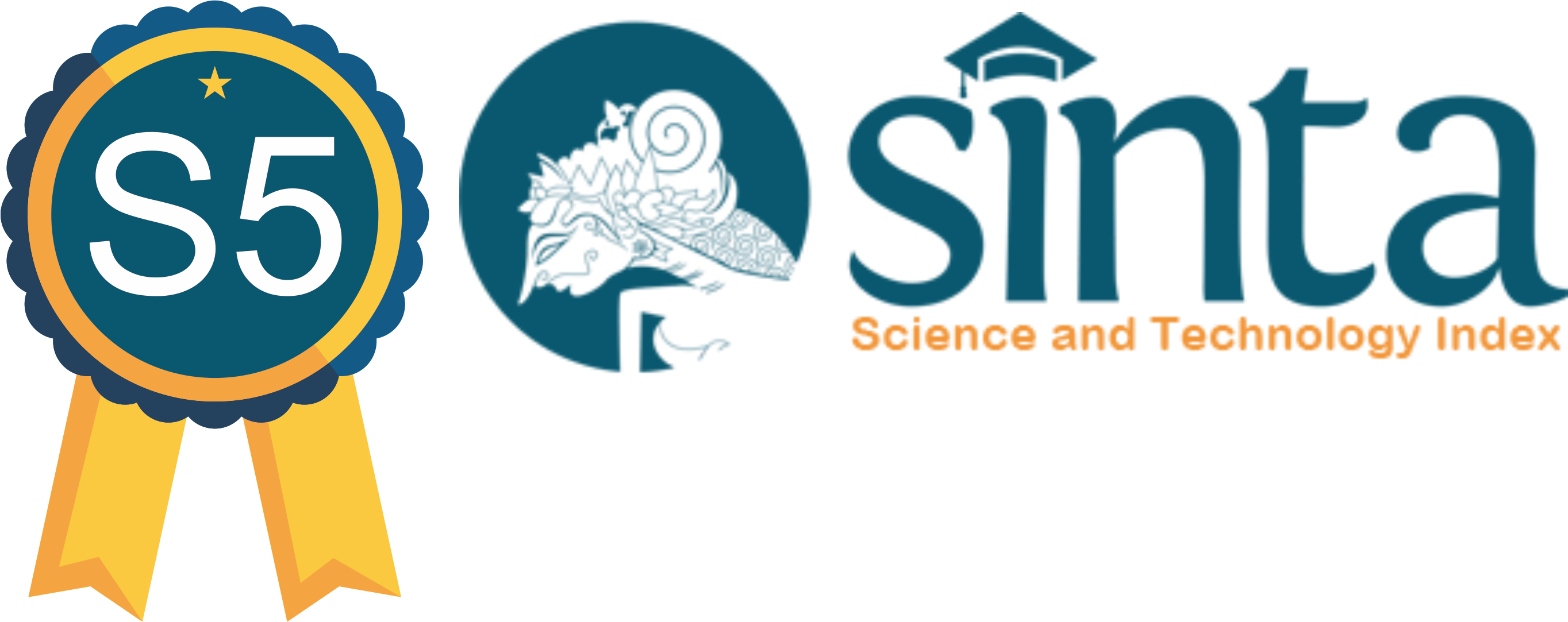Phubbing Behavior and Quality of Friendship in Faculty of Public Health, Nusa Cendana University
Abstract
Phubbing is a behavior or act of ignoring someone in the scope of the social environment by focusing on smartphones instead of paying attention to the interlocutor when interacting so that it affects interpersonal relationships. This study aims to determine the effect of phubbing behavior and the quality of friendship among students of the Faculty of Public Health, Universitas Nusa Cendana Kupang. This research method uses quantitative research with a simple linear regression analysis design. The number of samples was 100 students of the Faculty of Public Health, Universitas Nusa Cendana Kupang. The sampling technique used was simple random sampling. The results of this study indicate that the significance value (sig) is 0, 033 <of 0.05 and the value of t count> t table is -2.162> 1.984. This means that Ho is rejected and Ha is accepted that there is a negative effect of phubbing behavior on the quality of friendship among students of the Faculty of Public Health, Universitas Nusa Cendana Kupang.
Downloads
References
Bukowski, W.M., & Hoza. (1994). Measuring friendship quality during pre- and early adolescence: The development and psychometric properties of the friendship qualities scale. Journal of Social and Personal Relationship. 11(3), 471-484. https://doi.org/10.1177/0265407594113011
Chotpitayasunondh, V., & Dougals. K.M. (2016). How “phubbing” becomes the norm: The antecedents and consequences of snubbing via smartphone. Computers in Human Behavior. 63, 9-18. https://doi.org/10.1016/j.chb.2018.06.020.
Chotpitayasunondh, V., & Douglas. K.M. (2018). Measuring Phone Snubbing Behavior: Development and validation of the Generic Scale of Phubbing (GSP) and the Generic Scale of Being Phubbed (GSBP). Computers in Human Behavior, 88, 5–17. https://doi.org/10.1016/j.chb.2018.06.020
Karadag, dkk. (2015). Determinants of phubbing, which is the sum of many virtual addictions: A structural equation model. Journal of Behavioral Addictions, 4(2), 60-74. https://doi.org/10.1556/2006.4.2015.005.
Misra, S., Cheng, L., & Genevie, J., & Yuan, M. (2014). The iPhone effect: The quality of in-person social interactions in the presence of telepon selulers. Environment and Behavior, 48(2),1-24. doi: 10.1177/0013916514539755.
Ilham, D., & Rinaldi,R. (2019). Pengaruh Phubbing Terhadap Kualitas Persahabatan Pada Mahasiswa Psikologi UNP. Jurnal Riset Psikolog, 2019(4), 2019. http://dx.doi.org/10.24036/jrp.v2019j4.7607.
Prasetyo, R. A. (2017) Hubungan kecanduan Gadget dengan Empati pada Mahasiswa. (Unpublished Thesis). Fakultas Psikologi Universitas Muhammadiyah Surakarta, Surakarta.
Rachmi, Ivany. (2019). Hubungan kesantunan pergaulan dengan perilaku phubbing pada mahasiswa Universitas Islam Riau. Skripsi. Fakultas Psikologi Universitas Islam Riau Pekanbaru.
Roberts, J. A., & David. M. E. (2016). My Life Has Become a Major Distraction From My Cell Phone: Partner Phubbing and Relationship Satisfacation Among Romantic Partners.Computers in Human Behavior,54(2016),134-141. https://doi.org/10.1016/j.chb.2015.07.058.
Rianda, A. N (2019). Konsep diri phubbing di kalangan mahasiswa kota bandung. Other thesis, Universitas Komputer Indonesia. Retrieved from http://elibrary.unikom.ac.id
Syafira. F., & Alamudi. A.,(2019). Sosial phubbing di kalangan mahasiswa Fakultas Psikologi Universitas Negeri Makasar. (Unpublished Thesis). Universitas Negeri Makasar. Retrieved from http://eprints.unm.ac.id/id/eprint/15027.
Vanden Abelee, M.M.P., Hendrickson, A.T., Pollman, M.M.H.,& Ling , R. (2019) Phubbing behavior Conversations and its Relation to Perceived Conversation Intimacy and Distraction: An Exploratory Observation Study. Computers In Human Behavior, 100, 35-47. https://doi.org/10.1016/j.chb.2019.06.004.
Copyright (c) 2021 Maria Sindisari Parus, Apris Adu, M. K. P. Abdi Keraf

This work is licensed under a Creative Commons Attribution-ShareAlike 4.0 International License.
Journal of Health and Behavioral Science (JHBS) is licensed under a Creative Commons Attribution-ShareAlike 4.0 International License. You are free to copy, transform, or redistribute articles for any lawful purpose in any medium, provided you give appropriate credit to the original author(s) and JHBS, link to the license, indicate if changes were made, and redistribute any derivative work under the same license. Copyright on articles is held by the authors. By submitting to JHBS, authors grant any third party the right to use their article to the extent provided by the Creative Commons Attribution-ShareAlike 4.0 International License.

 Maria Sindisari Parus(1*)
Maria Sindisari Parus(1*)








